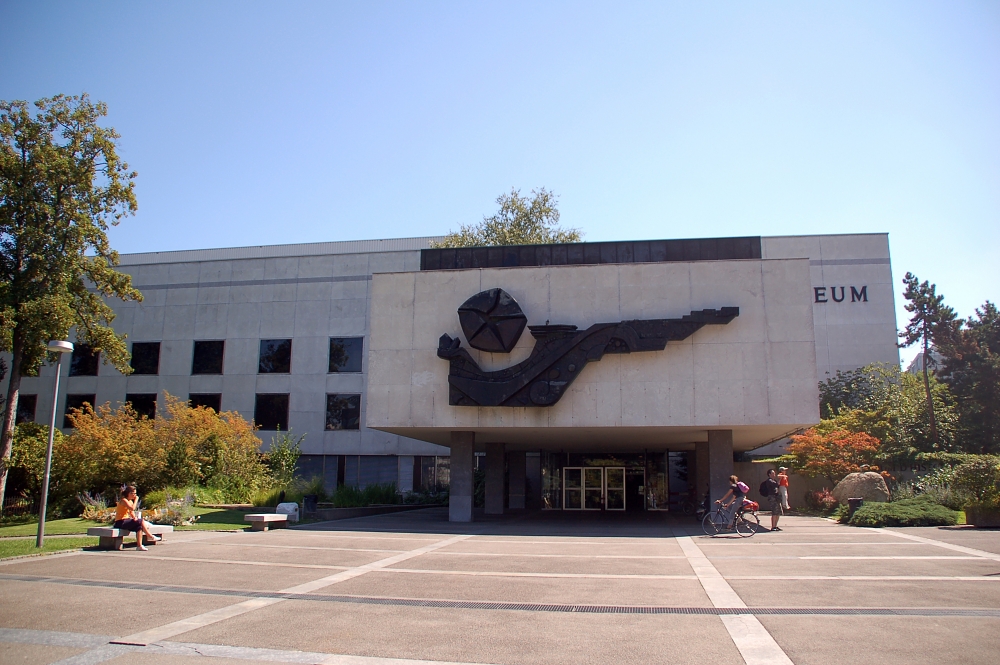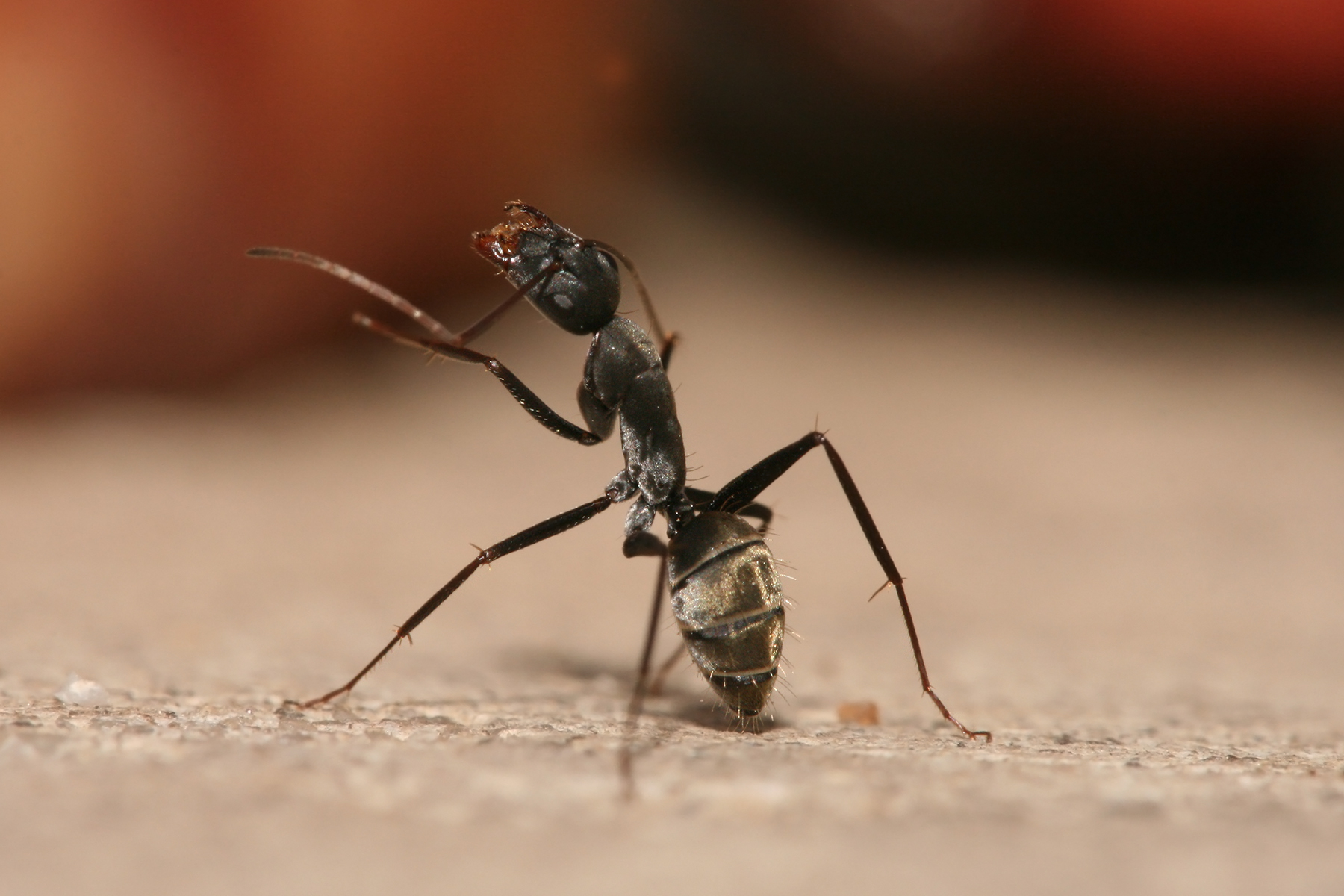|
Colilodion Schulzi
''Colilodion schulzi'' is a species of beetles belonging to the family Staphylinidae. This small, robust, reddish-brown rove beetle is known from a single specimen, a long female. It resembles the species '' C. concinnus'' and '' C. inopinatus'' with its enlarged antennomeres III, but it is easily distinguished by the greater maximum width and less variable width of these appendages, and by other morphological characteristics. Although its ecology is unknown, the presence of trichomes and the knowledge of related species, such as Staphylinidae suggests that this insect is myrmecophilous. The holotype was collected in 2009 in Palawan (Philippines) while sifting plant debris in a coniferous forest. The species was described in 2016 by the coleopterists Zi-Wei Yin from Shanghai Normal University and Giulio Cuccodoro from the Natural History Museum of Geneva, where the type specimen is part of the collection. The taxon's specific denomination is dedicated to the German myrmecologist ... [...More Info...] [...Related Items...] OR: [Wikipedia] [Google] [Baidu] |
Holotype
A holotype (Latin: ''holotypus'') is a single physical example (or illustration) of an organism used when the species (or lower-ranked taxon) was formally described. It is either the single such physical example (or illustration) or one of several examples, but explicitly designated as the holotype. Under the International Code of Zoological Nomenclature (ICZN), a holotype is one of several kinds of name-bearing types. In the International Code of Nomenclature for algae, fungi, and plants (ICN) and ICZN, the definitions of types are similar in intent but not identical in terminology or underlying concept. For example, the holotype for the butterfly '' Plebejus idas longinus'' is a preserved specimen of that subspecies, held by the Museum of Comparative Zoology at Harvard University. In botany and mycology, an isotype is a duplicate of the holotype, generally pieces from the same individual plant or samples from the same genetic individual. A holotype is not necessarily "ty ... [...More Info...] [...Related Items...] OR: [Wikipedia] [Google] [Baidu] |
Elytron
An elytron (; ; : elytra, ) is a modified, hardened forewing of beetles (Coleoptera), though a few of the true bugs (Hemiptera) such as the family Schizopteridae are extremely similar; in true bugs, the forewings are called hemelytra (sometimes alternatively spelled as "hemielytra"), and in most species only the basal half is thickened while the apex is membranous, but when they are entirely thickened the condition is referred to as "coleopteroid". An elytron is sometimes also referred to as a shard. Description The elytra primarily serve as protective wing-cases for the hindwings underneath, which are used for flying. To fly, a beetle typically opens the elytra and then extends the hindwings, flying while still holding the elytra open, though many beetles in the families Scarabaeidae and Buprestidae can fly with the elytra closed (e.g., most Cetoniinae; ). In a number of groups, the elytra are reduced to various degrees, (e.g., the beetle families Staphylinidae and Ripiphorid ... [...More Info...] [...Related Items...] OR: [Wikipedia] [Google] [Baidu] |
Epithet
An epithet (, ), also a byname, is a descriptive term (word or phrase) commonly accompanying or occurring in place of the name of a real or fictitious person, place, or thing. It is usually literally descriptive, as in Alfred the Great, Suleiman the Magnificent, Richard the Lionheart, and Ladislaus the Short, or allusive, as in Edward the Confessor, William the Conqueror, Æthelred the Unready, John Lackland, Mehmed the Conqueror and Bloody Mary. The word ''epithet'' also may refer to an abusive, defamatory, or derogatory word or phrase. This use is criticized by Martin Manser and other proponents of linguistic prescription. H. W. Fowler noted in 1926 that "''epithet'' is suffering a vulgarization that is giving it an abusive imputation." Linguistics Epithets are sometimes attached to a person's name or appear in place of their name, as what might be described as a glorified nickname or sobriquet, and for this reason some linguists have argued that they should be c ... [...More Info...] [...Related Items...] OR: [Wikipedia] [Google] [Baidu] |
Geneve Fg01
Geneve may refer to: * Genève, French for Geneva Geneva ( , ; ) ; ; . is the List of cities in Switzerland, second-most populous city in Switzerland and the most populous in French-speaking Romandy. Situated in the southwest of the country, where the Rhône exits Lake Geneva, it is the ca ..., Switzerland * Generic Network Virtualization Encapsulation {{Disambiguation ... [...More Info...] [...Related Items...] OR: [Wikipedia] [Google] [Baidu] |
Sabang, Cabayugan
Puerto Princesa (, American Spanish: , European Spanish: ), officially the City of Puerto Princesa (Cuyonon: ''Siyudad i'ang Puerto Princesa''; ), is a highly urbanized city in the Mimaropa region of the Philippines. According to the 2020 census, it has a population of 307,079. It is a city located in the western Philippine province of Palawan and is the westernmost city in the Philippines. Though the seat of government and capital of the province, the city itself is one of 38 independent cities within the Philippines not controlled by the province in which it is geographically located and is therefore an independent area located within Palawan for its geographical and statistical purposes by the Philippine Statistics Authority. It is the largest city in the province of Palawan and the Mimaropa region. It is the least densely populated city in the Philippines with . In terms of land area, the city is the second largest geographically after Davao City with an area of . Puerto P ... [...More Info...] [...Related Items...] OR: [Wikipedia] [Google] [Baidu] |
Mount Bloomfield, Palawan
Mount is often used as part of the name of specific mountains, e.g. Mount Everest. Mount or Mounts may also refer to: Places * Mount, Cornwall, a village in Warleggan parish, England * Mount, Perranzabuloe, a hamlet in Perranzabuloe parish, Cornwall, England People * Mount (surname) * William L. Mounts (1862–1929), American lawyer and politician Computing and software * Mount (computing), the process of making a file system accessible * Mount (Unix), the utility in Unix-like operating systems which mounts file systems Books * ''Mount!'', a 2016 novel by Jilly Cooper Displays and equipment * Mount, a fixed point for attaching equipment, such as a hardpoint on an airframe * Mounting board, in picture framing * Mount, a hanging scroll for mounting paintings * Mount, to display an item on a heavy backing such as foamcore, e.g.: ** To pin a biological specimen, on a heavy backing in a stretched stable position for ease of dissection or display ** To prepare dead animal ... [...More Info...] [...Related Items...] OR: [Wikipedia] [Google] [Baidu] |
Type Locality (biology)
In biology, a type is a particular wikt:en:specimen, specimen (or in some cases a group of specimens) of an organism to which the scientific name of that organism is formally associated. In other words, a type is an example that serves to anchor or centralizes the defining features of that particular taxon. In older usage (pre-1900 in botany), a type was a taxon rather than a specimen. A taxon is a scientifically named grouping of organisms with other like organisms, a set (mathematics), set that includes some organisms and excludes others, based on a detailed published description (for example a species description) and on the provision of type material, which is usually available to scientists for examination in a major museum research collection, or similar institution. Type specimen According to a precise set of rules laid down in the International Code of Zoological Nomenclature (ICZN) and the ''International Code of Nomenclature for algae, fungi, and plants'' (ICN), the ... [...More Info...] [...Related Items...] OR: [Wikipedia] [Google] [Baidu] |
Myrmicinae
Myrmicinae is a subfamily In biological classification, a subfamily (Latin: ', plural ') is an auxiliary (intermediate) taxonomic rank, next below family but more inclusive than genus. Standard nomenclature rules end botanical subfamily names with "-oideae", and zo ... of ants, with about 140 extant genera; their distribution is cosmopolitan. The pupae lack cocoons. Some species retain a functional sting. The petioles of Myrmicinae consist of two nodes. The nests are permanent and in soil, rotting wood, under stones, or in trees.Goulet, H & Huber, JT (eds.) (1993) Hymenoptera of the world: an identification guide to families. Agriculture Canada. p. 224 All species of Cephalotes (within the tribe Attini) are gliding ants. Identification Myrmicine worker ants have a distinct postpetiole, i.e., abdominal segment III is notably smaller than segment IV and set off from it by a well-developed constriction; the pronotum is inflexibly fused to the rest of the meso ... [...More Info...] [...Related Items...] OR: [Wikipedia] [Google] [Baidu] |
Paratrechina
''Paratrechina'' is one of seven ant genera (alongside '' Euprenolepis, Nylanderia, Paraparatrechina, Prenolepis, Pseudolasius,'' and '' Zatania'') in the ''Prenolepis'' genus-group from the subfamily Formicinae (tribe Lasiini). Six species are included in ''Paratrechina''; one of which, the longhorn crazy ant ('' Paratrechina longicornis''), is a widespread, pantropical pest. Distribution Most ''Paratrechina'' species are native to sub-Saharan Africa and Madagascar, but one species, ''Paratrechina umbra'', has only been found in southern China and is native to Southeast Asia. The only species found outside of these regions is ''Paratrechina longicornis'', which has been introduced by humans to tropical areas across the globe. The native range of ''Paratrechina longicornis'' is currently unknown, but it is thought to be of either African or Asian origin. Although ''Paratrechina longicornis'' has been found in undisturbed habitats in Southeast Asia, the Afrotropics are th ... [...More Info...] [...Related Items...] OR: [Wikipedia] [Google] [Baidu] |
Camponotus
Carpenter ants (''Camponotus'' spp.) are a genus of large ants (workers ) indigenous to many parts of the world. True carpenter ants build nests inside wood, consisting of galleries chewed out with their mandibles or jaws, preferably in dead, damp wood. However, unlike termites, they do not consume wood, but instead discard a material that resembles sawdust outside their nest. Sometimes, carpenter ants hollow out sections of trees. They also commonly infest wooden buildings and structures, causing a widespread problem: they are a major cause of structural damage. Nevertheless, their ability to excavate wood helps in forest decomposition. The genus includes over 1,000 species. They also farm aphids. In their farming, the ants protect the aphids from predators (usually other insects) while they excrete a sugary fluid called honeydew, which the ants get by stroking the aphids with their antennae. Description Carpenter ants are generally large ants: workers are usually 4–7&nb ... [...More Info...] [...Related Items...] OR: [Wikipedia] [Google] [Baidu] |
Pheromone
A pheromone () is a secreted or excreted chemical factor that triggers a social response in members of the same species. Pheromones are chemicals capable of acting like hormones outside the body of the secreting individual, to affect the behavior of the receiving individuals. There are ''alarm signal, alarm pheromones'', ''food trail pheromones'', ''sex pheromones'', and many others that affect behavior or physiology. Pheromones are used by many organisms, from basic unicellular prokaryotes to complex multicellular eukaryotes. Their use among insects has been particularly well documented. In addition, some vertebrates, plants and ciliates communicate by using pheromones. The ecological functions and evolution of pheromones are a major topic of research in the field of chemical ecology. Background The portmanteau word "pheromone" was coined by Peter Karlson and Martin Lüscher in 1959, based on the Greek language, Greek () and (). Pheromones are also sometimes classified as ec ... [...More Info...] [...Related Items...] OR: [Wikipedia] [Google] [Baidu] |
Myrmecophily
thumb , Myrmecophilous aphids being tended by ants Myrmecophily ( , ) consists of positive, mutualistic, interspecies associations between ants and a variety of other organisms, such as plants, other arthropods, and fungi. It may also include commensal or even parasitic interactions. A "myrmecophile" is an animal that associates with ants. An estimated 10,000 species of ants (Formicidae) are known, with a higher diversity in the tropics. In most terrestrial ecosystems, ants are ecologically and numerically dominant, being the main invertebrate predators. As a result, ants play a key role in controlling arthropod richness, abundance, and community structure. Some evidence shows that the evolution of myrmecophilous interactions has contributed to the abundance and ecological success of ants, by ensuring a dependable and energy-rich food supply, thus providing a competitive advantage for ants over other invertebrate predators. Most myrmecophilous associations are opportunistic ... [...More Info...] [...Related Items...] OR: [Wikipedia] [Google] [Baidu] |




